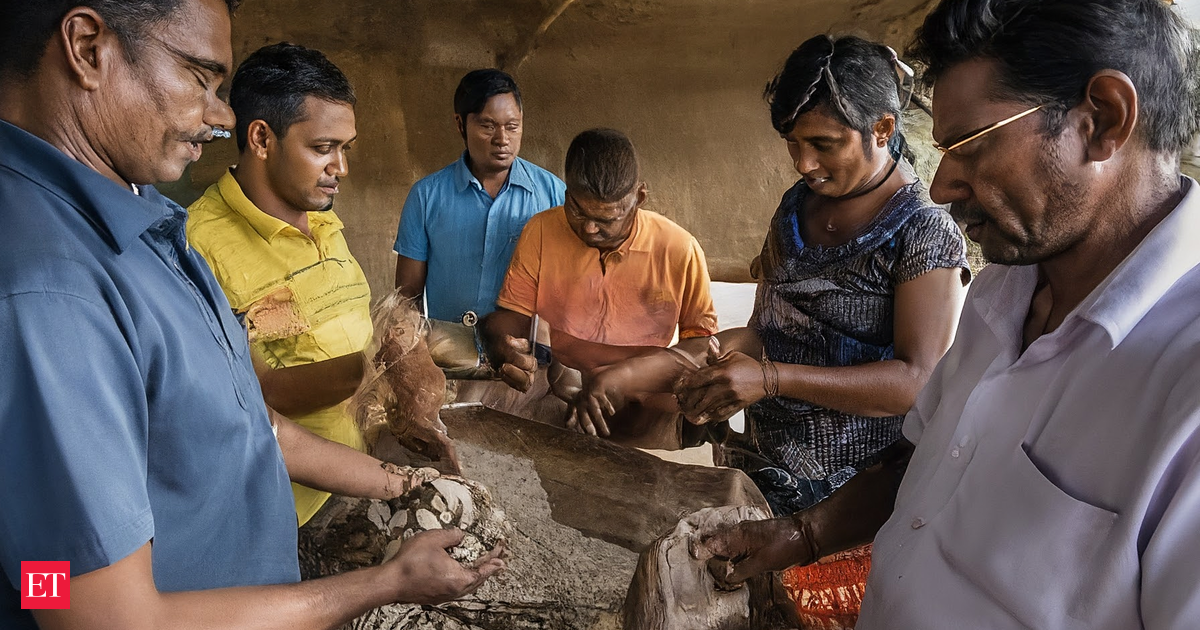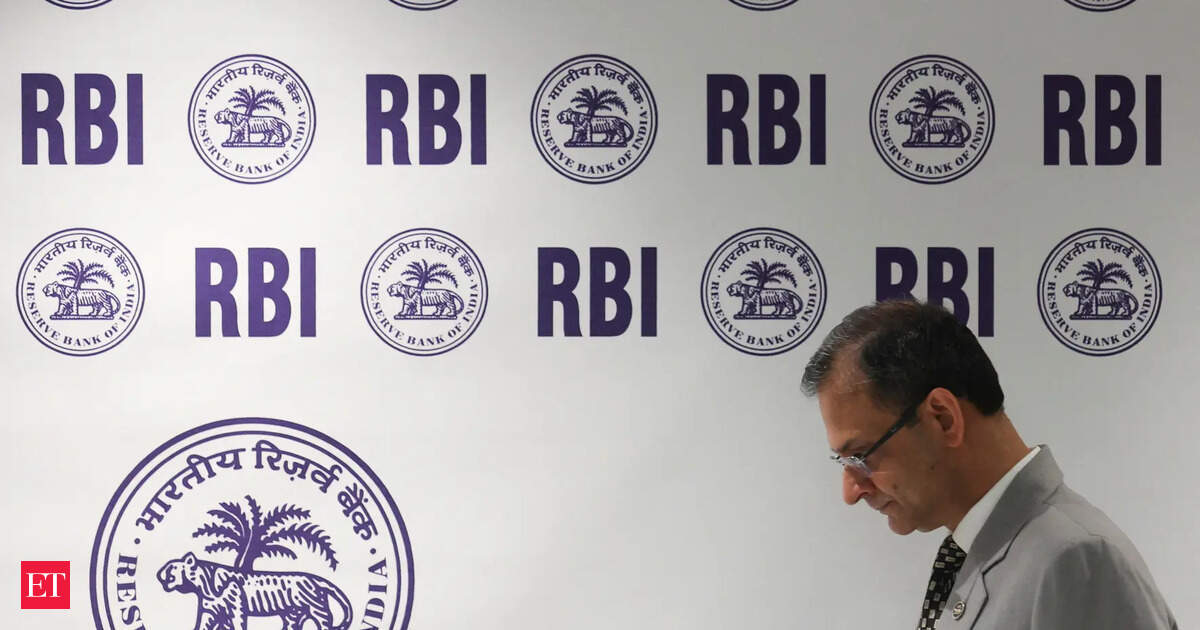The transformation gained momentum when the Centre notified development of Hazaribagh as the first pearl farming cluster with Rs 22 crore investment under the Pradhan Mantri Matsya Sampada Yojana (PMMSY) in collaboration with the Jharkhand government.
What started as a pilot project in 2019-20 under the state plan has now evolved into a structured ecosystem focusing on skill development, with specialised training centres established across the state to teach farmers the intricate art of pearl cultivation.
Training revolution takes root
The Purty Agrotech Training Centre, established in Ranchi in 2024 using corporate CSR funds, has emerged as the nerve centre of this training revolution. The facility has already trained over 132 farmers from across the state in advanced pearl culture techniques, with these trained farmers now cascading their knowledge to others in their respective districts, creating a multiplier effect.
“Training is the backbone of successful pearl farming. We are focusing on round pearl culture as it fetches more returns compared to designer pearls,” said Budhan Singh Purty, a mechanical engineer from NIT Jamshedpur who runs the training centre and has become one of the state’s few surgical experts in round pearl cultivation.
The training programmes emphasise skilled surgical grafting techniques, use of specialised instruments, and careful post-surgical management — critical factors that determine survival rates and quality of pearl production. This focus on technical expertise is crucial since culturing round pearls demands precision to ensure high survival rates and quality production. Recognising the sector’s potential, St Xavier’s College, Ranchi, has introduced certificate courses in pearl farming ranging from six months to one-and-a-half years, integrating academic research with practical field experience. “Pearl farming is going to be a rising sector in Jharkhand and provide job opportunities to youth. The knowledge of science along with field experience will help develop enterprising skills,” Professor Ritesh Kumar Shukla told PTI.
Compelling economics drive adoption
The state’s emergence as a pearl farming hub is driven by compelling economics — round pearls can be cultivated in backyard settings using cement tanks, buckets, or fish tanks, and yield profits of more than ten times the investment. The cultivation can be done in small spaces, making it accessible to small farmers and youth seeking alternative livelihoods.
The economics are straightforward: it costs Rs 35-50 to nurture one mussel for three years until it produces a pearl, which then sells for up to Rs 1,000, depending on quality. This means farmers can expect significant returns on relatively modest investments.
Success story: From engineer to pearl entrepreneur
Budhan Singh Purty’s journey exemplifies the sector’s potential. The 46-year-old engineer has scaled up from 5,000 mussels in 2014 to 1.7 lakh mussels currently. With an investment of Rs 6.5 lakh, he expects to earn Rs 32 lakh from his upcoming harvest.
“I started pearl farming with 5,000 mussels in a pond in naxal-affected West Singhbhum. Now more farmers are encouraged to take up pearl farming, helping them come back to the mainstream,” Purty said.
Using his engineering background, Purty has developed indigenous surgical tools costing Rs 3,600 to manufacture, compared to imported alternatives that cost up to Rs 25,000. “As pearl farming expands in the state, there will be huge demand for surgical tools. There is scope to set up a unit to manufacture surgical tools,” he said.
Purty has established supply chains with TRIFED, Tata BigBasket, IndiaMART, and also supplies to Surat for export purposes, demonstrating the market potential for Jharkhand’s pearl production.
Government support and future plans
State Fisheries Department Director H N Dwivedi emphasised the huge potential to promote natural pearl farming as a cottage industry in Jharkhand, providing employment to youth.
“Currently, NABCONS (NABARD Consultancy Services) is conducting gap analysis and soon the action plan to develop Hazaribagh cluster will be ready,” Dwivedi said.
The state has also proposed setting up a brood bank of Vietnamese mussel species Hyriopsis Cumingii and sought funds from the Centre under PMMSY.
The National Fisheries Development Board (NFDB) has reported that 1.02 lakh pearls were produced from Hazaribagh district alone, indicating the sector’s growing scale.
Science behind pearl production
Mussels, bivalve molluscs found in both freshwater and marine environments, play a central role in freshwater pearl production as living hosts that secrete nacre to form pearls over a three-year period. The process requires careful management and monitoring to ensure optimal conditions for pearl formation.
The focus on freshwater pearl cultivation in Jharkhand leverages the state’s natural water resources while providing a sustainable livelihood option that can be scaled from small backyard operations to larger commercial ventures.
As this sector continues to expand, Jharkhand is positioning itself not just as a production hub but as a centre of excellence for pearl farming training and technology development, potentially transforming the economic landscape for rural communities across the state.




